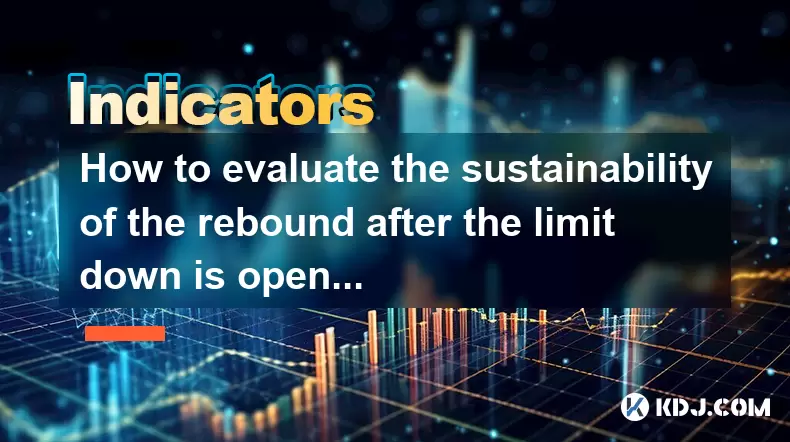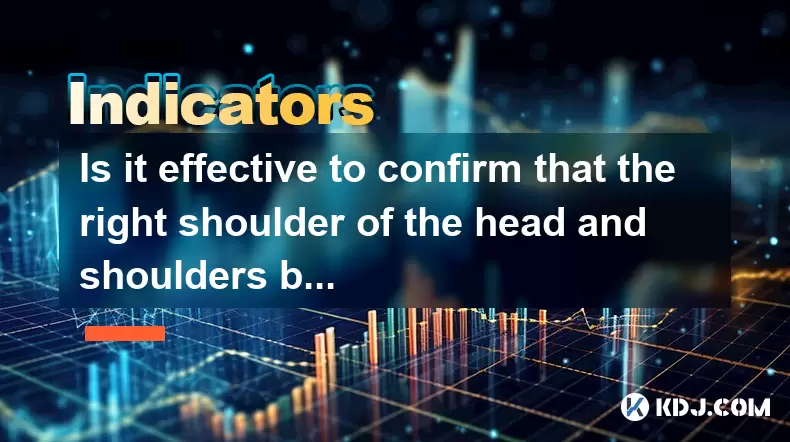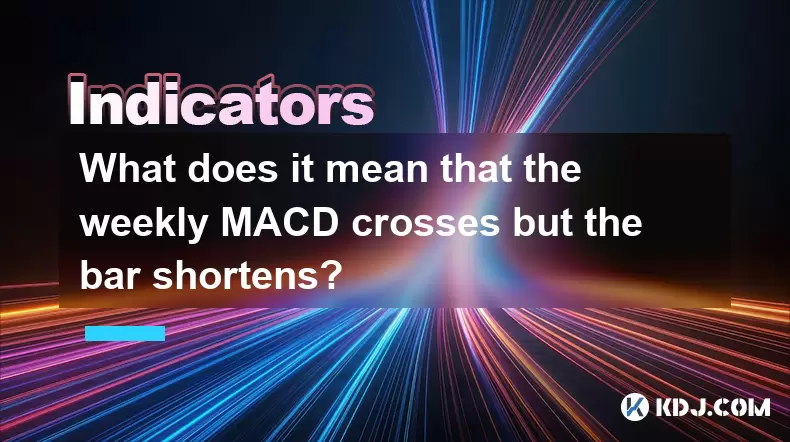-
 Bitcoin
Bitcoin $106,754.6083
1.33% -
 Ethereum
Ethereum $2,625.8249
3.80% -
 Tether USDt
Tether USDt $1.0001
-0.03% -
 XRP
XRP $2.1891
1.67% -
 BNB
BNB $654.5220
0.66% -
 Solana
Solana $156.9428
7.28% -
 USDC
USDC $0.9998
0.00% -
 Dogecoin
Dogecoin $0.1780
1.14% -
 TRON
TRON $0.2706
-0.16% -
 Cardano
Cardano $0.6470
2.77% -
 Hyperliquid
Hyperliquid $44.6467
10.24% -
 Sui
Sui $3.1128
3.86% -
 Bitcoin Cash
Bitcoin Cash $455.7646
3.00% -
 Chainlink
Chainlink $13.6858
4.08% -
 UNUS SED LEO
UNUS SED LEO $9.2682
0.21% -
 Avalanche
Avalanche $19.7433
3.79% -
 Stellar
Stellar $0.2616
1.64% -
 Toncoin
Toncoin $3.0222
2.19% -
 Shiba Inu
Shiba Inu $0.0...01220
1.49% -
 Hedera
Hedera $0.1580
2.75% -
 Litecoin
Litecoin $87.4964
2.29% -
 Polkadot
Polkadot $3.8958
3.05% -
 Ethena USDe
Ethena USDe $1.0000
-0.04% -
 Monero
Monero $317.2263
0.26% -
 Bitget Token
Bitget Token $4.5985
1.68% -
 Dai
Dai $0.9999
0.00% -
 Pepe
Pepe $0.0...01140
2.44% -
 Uniswap
Uniswap $7.6065
5.29% -
 Pi
Pi $0.6042
-2.00% -
 Aave
Aave $289.6343
6.02%
How to evaluate the sustainability of the rebound after the limit down is opened?
After a limit down, a sustainable crypto rebound is signaled by rising volume, strong order book support, and positive technical indicators.
Jun 17, 2025 at 11:14 pm

Understanding the Context of Limit Down and Rebound
In the cryptocurrency market, limit down refers to a regulatory mechanism in certain exchanges that restricts how much the price of an asset can drop within a single trading session. When this limit is reached, trading may be halted temporarily or allowed to continue under restricted conditions. The subsequent rebound occurs when the price begins to rise after hitting this lower boundary.
To evaluate whether this rebound is sustainable, traders must analyze several factors including market sentiment, volume patterns, order book depth, and technical indicators. It's essential to understand that not all rebounds are created equal — some are short-lived corrections, while others signal the beginning of a new uptrend.
The first step in evaluating sustainability is to identify whether the rebound was driven by genuine demand or temporary relief rallies.
Analyzing Volume During the Rebound Phase
One of the most telling signs of a sustainable rebound is increased trading volume following the limit down. A strong recovery typically coincides with above-average volume, indicating that buyers are stepping in aggressively.
- Check if the volume during the rebound exceeds the average daily volume of the previous week or month.
- Compare volume levels between the limit down candlestick and the rebound candlesticks to see if there’s a visible increase.
- Look for spikes in on-chain transaction volume, which might indicate real user activity rather than artificial pump attempts.
A rebound without significant volume often lacks conviction and may reverse quickly. This is especially true in altcoin markets where manipulation is more common.
Examining Order Book Depth and Liquidity Pools
The structure of the order book plays a crucial role in determining whether a rebound will hold. A healthy rebound should show deep buy walls forming near the support level established after the limit down.
- Observe the bid-ask spread immediately after the limit down is lifted. Narrow spreads suggest high liquidity and confidence.
- Check for large orders accumulating at key support levels in the order book, particularly from known institutional addresses or large holders (whales).
- Review decentralized exchange (DEX) liquidity pools to ensure that there hasn’t been a sudden withdrawal of liquidity that could lead to further volatility.
If the order book shows thin bids and heavy asks, it suggests that sellers still dominate the market, and the rebound may be short-lived.
Technical Indicators and Chart Patterns
Technical analysis offers tools to assess whether a rebound has momentum behind it. Key indicators such as Relative Strength Index (RSI), Moving Average Convergence Divergence (MACD), and Bollinger Bands can help determine overbought or oversold conditions.
- An RSI rising above 30 after being below it indicates a potential bullish reversal.
- A MACD line crossing above the signal line confirms positive momentum.
- Watch for price breaking out of bearish chart patterns like descending triangles or head-and-shoulders formations.
Additionally, observing candlestick patterns such as hammer, morning star, or engulfing candles can offer insight into whether buyer pressure is increasing.
On-Chain Metrics and Network Activity
Beyond price action and order books, on-chain data provides deeper insight into the health of a rebound. Metrics such as network value to transactions ratio (NVT), active addresses, and exchange inflows/outflows can reveal underlying strength or weakness.
- A drop in exchange outflows indicates that holders are not panic selling, which supports a sustainable rebound.
- Rising active address counts suggest increased participation and potential long-term accumulation.
- Monitor stablecoin supply ratios (SSR) to assess whether fiat inflows are supporting the price recovery.
These metrics help differentiate between speculative bounces and organic growth driven by network adoption.
Frequently Asked Questions
What is the difference between a sustainable rebound and a false breakout?
A sustainable rebound maintains upward movement beyond key resistance levels with strong volume and on-chain support. False breakouts occur when the price briefly moves higher but quickly reverses due to lack of buying interest or renewed selling pressure.
How important is news sentiment in evaluating a rebound?
News sentiment plays a significant role in shaping market psychology. Positive developments such as protocol upgrades, exchange listings, or macroeconomic shifts can validate a rebound. However, in the absence of fundamental improvements, rallies may be purely technical and short-lived.
Can derivatives data help in assessing rebound sustainability?
Yes, analyzing open interest, funding rates, and options volatility in crypto derivatives markets can provide clues about whether institutional traders are betting on a continuation of the rebound.
Is it possible for a rebound to be sustainable even with low volume?
While rare, certain situations — such as market consolidation after extreme selloffs — may allow for a low-volume rebound. These scenarios usually require strong fundamentals or upcoming catalysts to sustain the move without immediate volume confirmation.
Disclaimer:info@kdj.com
The information provided is not trading advice. kdj.com does not assume any responsibility for any investments made based on the information provided in this article. Cryptocurrencies are highly volatile and it is highly recommended that you invest with caution after thorough research!
If you believe that the content used on this website infringes your copyright, please contact us immediately (info@kdj.com) and we will delete it promptly.
- 2025-W Uncirculated American Gold Eagle and Dr. Vera Rubin Quarter Mark New Products
- 2025-06-13 06:25:13
- Ruvi AI (RVU) Leverages Blockchain and Artificial Intelligence to Disrupt Marketing, Entertainment, and Finance
- 2025-06-13 07:05:12
- H100 Group AB Raises 101 Million SEK (Approximately $10.6 Million) to Bolster Bitcoin Reserves
- 2025-06-13 06:25:13
- Galaxy Digital CEO Mike Novogratz Says Bitcoin Will Replace Gold and Go to $1,000,000
- 2025-06-13 06:45:13
- Trust Wallet Token (TWT) Price Drops 5.7% as RWA Integration Plans Ignite Excitement
- 2025-06-13 06:45:13
- Ethereum (ETH) Is in the Second Phase of a Three-Stage Market Cycle
- 2025-06-13 07:25:13
Related knowledge

How to interpret the low opening the next day after the long lower shadow hits the bottom?
Jun 18,2025 at 12:22am
Understanding the Long Lower Shadow Candlestick PatternIn technical analysis, a long lower shadow candlestick is often seen as a potential reversal signal in a downtrend. This pattern occurs when the price opens, trades significantly lower during the session, but then recovers to close near the opening price or slightly above. The long wick at the botto...

How to operate the RSI indicator repeatedly in the 40-60 range?
Jun 18,2025 at 12:56am
Understanding the RSI Indicator and Its RelevanceThe Relative Strength Index (RSI) is a momentum oscillator widely used in cryptocurrency trading to measure the speed and change of price movements. Typically, the RSI ranges from 0 to 100, with levels above 70 considered overbought and below 30 considered oversold. However, when the RSI repeatedly stays ...

How strong is the MACD golden cross below the zero axis?
Jun 17,2025 at 11:00pm
Understanding the MACD Indicator in Cryptocurrency TradingThe Moving Average Convergence Divergence (MACD) is one of the most widely used technical indicators among cryptocurrency traders. It helps identify potential trend reversals, momentum shifts, and entry or exit points. The MACD consists of three main components: the MACD line, the signal line, an...

How effective is the golden cross of the William indicator double line in the oversold area?
Jun 17,2025 at 11:56pm
Understanding the William Indicator and Its Double Line SetupThe William %R (Williams Percent Range) is a momentum oscillator used to identify overbought or oversold conditions in a market. It ranges from 0 to -100, with readings above -20 considered overbought and below -80 deemed oversold. The double line setup refers to plotting two different timefra...

Is it effective to confirm that the right shoulder of the head and shoulders bottom volume at the 30-minute level is enlarged?
Jun 17,2025 at 11:42pm
Understanding the Head and Shoulders Pattern in Cryptocurrency TradingThe head and shoulders pattern is one of the most recognized reversal patterns in technical analysis, especially within cryptocurrency trading. It typically signals a potential shift from a bullish trend to a bearish one. This pattern consists of three peaks: the left shoulder, the he...

What does it mean that the weekly MACD crosses but the bar shortens?
Jun 18,2025 at 01:07am
Understanding the MACD IndicatorThe Moving Average Convergence Divergence (MACD) is a popular technical analysis tool used in cryptocurrency trading to identify potential trend reversals and momentum shifts. It consists of three main components: the MACD line, the signal line, and the histogram (also known as the bar). The MACD line is calculated by sub...

How to interpret the low opening the next day after the long lower shadow hits the bottom?
Jun 18,2025 at 12:22am
Understanding the Long Lower Shadow Candlestick PatternIn technical analysis, a long lower shadow candlestick is often seen as a potential reversal signal in a downtrend. This pattern occurs when the price opens, trades significantly lower during the session, but then recovers to close near the opening price or slightly above. The long wick at the botto...

How to operate the RSI indicator repeatedly in the 40-60 range?
Jun 18,2025 at 12:56am
Understanding the RSI Indicator and Its RelevanceThe Relative Strength Index (RSI) is a momentum oscillator widely used in cryptocurrency trading to measure the speed and change of price movements. Typically, the RSI ranges from 0 to 100, with levels above 70 considered overbought and below 30 considered oversold. However, when the RSI repeatedly stays ...

How strong is the MACD golden cross below the zero axis?
Jun 17,2025 at 11:00pm
Understanding the MACD Indicator in Cryptocurrency TradingThe Moving Average Convergence Divergence (MACD) is one of the most widely used technical indicators among cryptocurrency traders. It helps identify potential trend reversals, momentum shifts, and entry or exit points. The MACD consists of three main components: the MACD line, the signal line, an...

How effective is the golden cross of the William indicator double line in the oversold area?
Jun 17,2025 at 11:56pm
Understanding the William Indicator and Its Double Line SetupThe William %R (Williams Percent Range) is a momentum oscillator used to identify overbought or oversold conditions in a market. It ranges from 0 to -100, with readings above -20 considered overbought and below -80 deemed oversold. The double line setup refers to plotting two different timefra...

Is it effective to confirm that the right shoulder of the head and shoulders bottom volume at the 30-minute level is enlarged?
Jun 17,2025 at 11:42pm
Understanding the Head and Shoulders Pattern in Cryptocurrency TradingThe head and shoulders pattern is one of the most recognized reversal patterns in technical analysis, especially within cryptocurrency trading. It typically signals a potential shift from a bullish trend to a bearish one. This pattern consists of three peaks: the left shoulder, the he...

What does it mean that the weekly MACD crosses but the bar shortens?
Jun 18,2025 at 01:07am
Understanding the MACD IndicatorThe Moving Average Convergence Divergence (MACD) is a popular technical analysis tool used in cryptocurrency trading to identify potential trend reversals and momentum shifts. It consists of three main components: the MACD line, the signal line, and the histogram (also known as the bar). The MACD line is calculated by sub...
See all articles

























































































